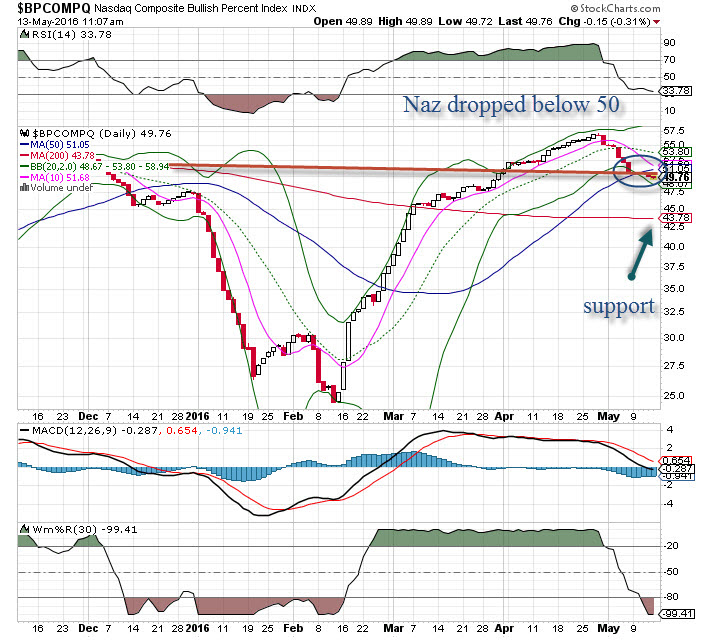As traders, we make our living trying to find the best trading opportunities, whether we’re trading bear markets or bull markets.
For some traders daily profits are the lifeblood of their existence – market “status” doesn’t matter. Profits don’t just feed the ego – they also cover the rent, put food on the table, and pay the bills. This approach is completely wrong for those who want a career as an options trader for two reasons: Timeframe (this is a long-term game) and capital (the best possible position is to be well-capitalized with plenty of expenses in reserve). You want to face each day without the daily pressure of needing to make your “nut.”
But what about the times when the market dictates you do absolutely nothing? Does the trader who needs to make a living acknowledge when this is appropriate, or does he continue to trade when results are unlikely to be positive (what I like to call pushing a string)?
Well, let’s take a look at where we are right now:
Volatility indices are still in relatively low territory – still under 16%. This smacks of complacency, of course, and is a danger sign. We are in a stock picker’s market, but some cracks are showing.
Why so much complacency after a 3% drop from the mid-April highs? Market players have become conditioned to expect the Fed and other central bankers to swoop in and save the day when markets swoon. That is the observation of many data points, but it’s truly the lazy man’s approach to analysis. The Fed “put” on the market is alive and well. They will save the markets every time, right?
We are only a few months removed from a hard market fall – the worst six week start ever for a calendar year in history. While it was certainly opportunistic to play for some downside or pick up bargains in the January hail storm, it was best served just to wait it out until it passed. Our first instinct is always to dive in and grab stocks or options that drop sharply, but not knowing where that bottom lies is akin to grabbing at falling knives – it’ll hurt. 
Today we are not in that situation, but we do have some warning signs. Breadth figures have come back from elevated level in early April, when we saw some outstanding numbers. Put/call ratios have become elevated once again as players are buying protection, but then the VIX is not portraying a very wide move on the horizon. However, the oscillators are very oversold and about to flash a reversal buy signal. The bullish percent index for the Nasdaq fell below 50 (a key level) – and a red flag – while the SPX and NYSE are still well above that key marker. The most important indicator is price action, which has been poor for a couple of weeks. Price rules the day, while volume tells us the market is still under distribution. Hence, a very mixed but murky picture.
So, to answer our original question: How does the trader who needs to make a living act when the market dictates he does nothing?
He needs to preserve his capital and wait for the clouds to clear. While he might be late to the party because this market moves so fast, being patient and waiting for the right pitch is the way to go here.
Copyright: eastwest / 123RF Stock Photo




















